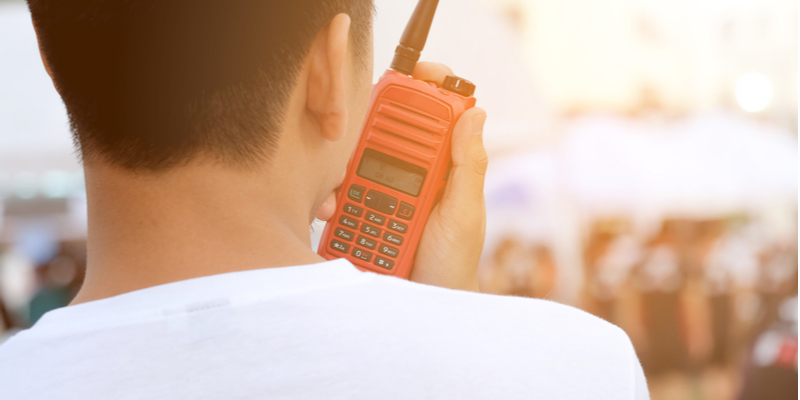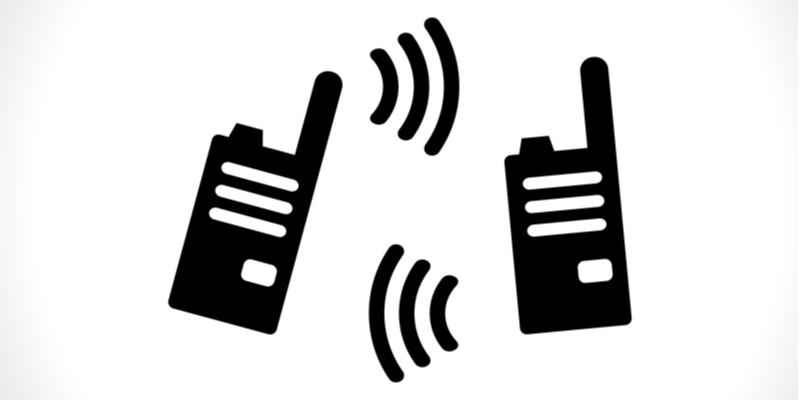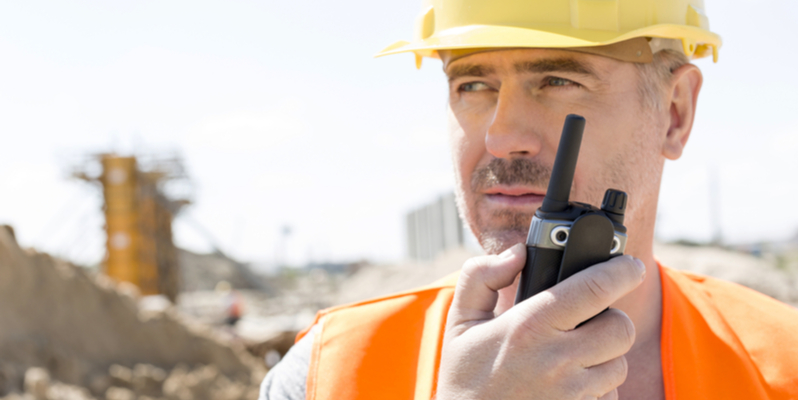Trying to decide if you should buy or rent two-way radios? Here are several questions that can help you come to the right decision.
Renting is often the ideal choice. For one, renting radios is more affordable and gives you the chance to always have the most up-to-date equipment without having to store radios or worry about maintenance.
4 Questions to Ask When Trying to Decide if You Should Buy or Rent Two-Way Radios
#1. How Much Are You Looking to Spend?
If you purchase an entire fleet of two-way radios, there’s going to be a large up-front cost. On the other hand, renting two-way radios is surprisingly affordable with a low monthly cost.
It’s not just the upfront costs that you can save money on. In addition, renting two-way radios reduces other expenses too, such as maintenance. When you rent your radios from a reliable supplier, they take care of all maintenance. If you purchase radios, any issues that arise typically fall on you because you take on the responsibility for all radio hard costs, including depreciation.
#2. How Long Do You Need Radios For?
Two-way radio rental agreements can be written with short and long-term options, this makes them a flexible option. Regardless if you need radios for a few hours, a few days, several months or longer, there are options. Even if you need radios for a long period of time, renting may still be the best option because it allows you to change or upgrade equipment as needed.
The type of radios you need may change based upon the project at hand. Renting gives you the flexibility to change out radios as needed based upon your circumstances.
#3. How Soon Do You Need Radios?
Are you planning an event and need a lot of radios right now? Rental radios can be used immediately and quickly set up to coordinate with all other frequencies and on-site equipment. If you are planning a large-scale event, you may need a lot of radios to outfit the entire staff, in which case renting often makes more sense.
By renting you don’t have to deal with maintenance and storage of radios once the event comes to an end. You have the freedom to rent as many radios as you need, and you can always add on last minute rentals if you suddenly need to hire more staff or have a larger than expected crowd.
#4. Do You Want to Try Before You Buy?
Unsure if two-way radios are right for your team? Or just not sure which two-way radios in particular will work best? Renting gives you a chance to try out radios before you buy them.
Benefits to Renting Two-Way Radios from Highland Wireless
Highland Wireless is leading the way in two-way radio rentals. We are a trusted and authorized two-way radio dealer for both Motorola and Kenwood radios.
There are many benefits to working with us, including:
- We offer a wide selection of two-way radios by Kenwood and Motorola.
- Not only do we provide all of the equipment you need, but in addition, we offer a reliable wide area network (Florida Fleet Talk) that spans from the Florida Keys to Jacksonville, Florida.
- We specialize in in-building systems, Marine, On-site, Special Events, and Fleet – we have the equipment you need no matter what.
- Our radio rentals come with all accessories
- Staff is available at all times to assist with any issues
- We are here to help your business grow and thrive!





